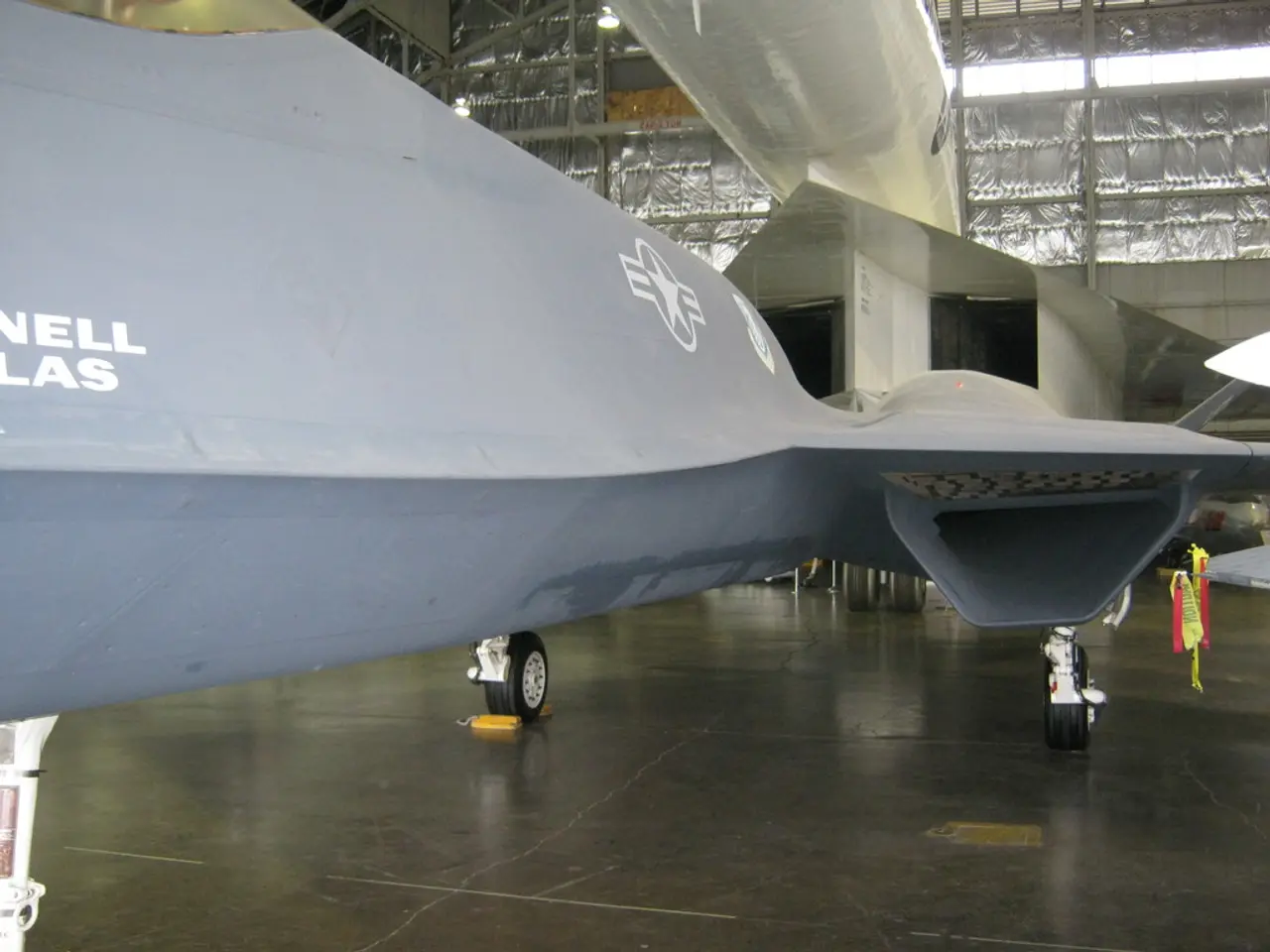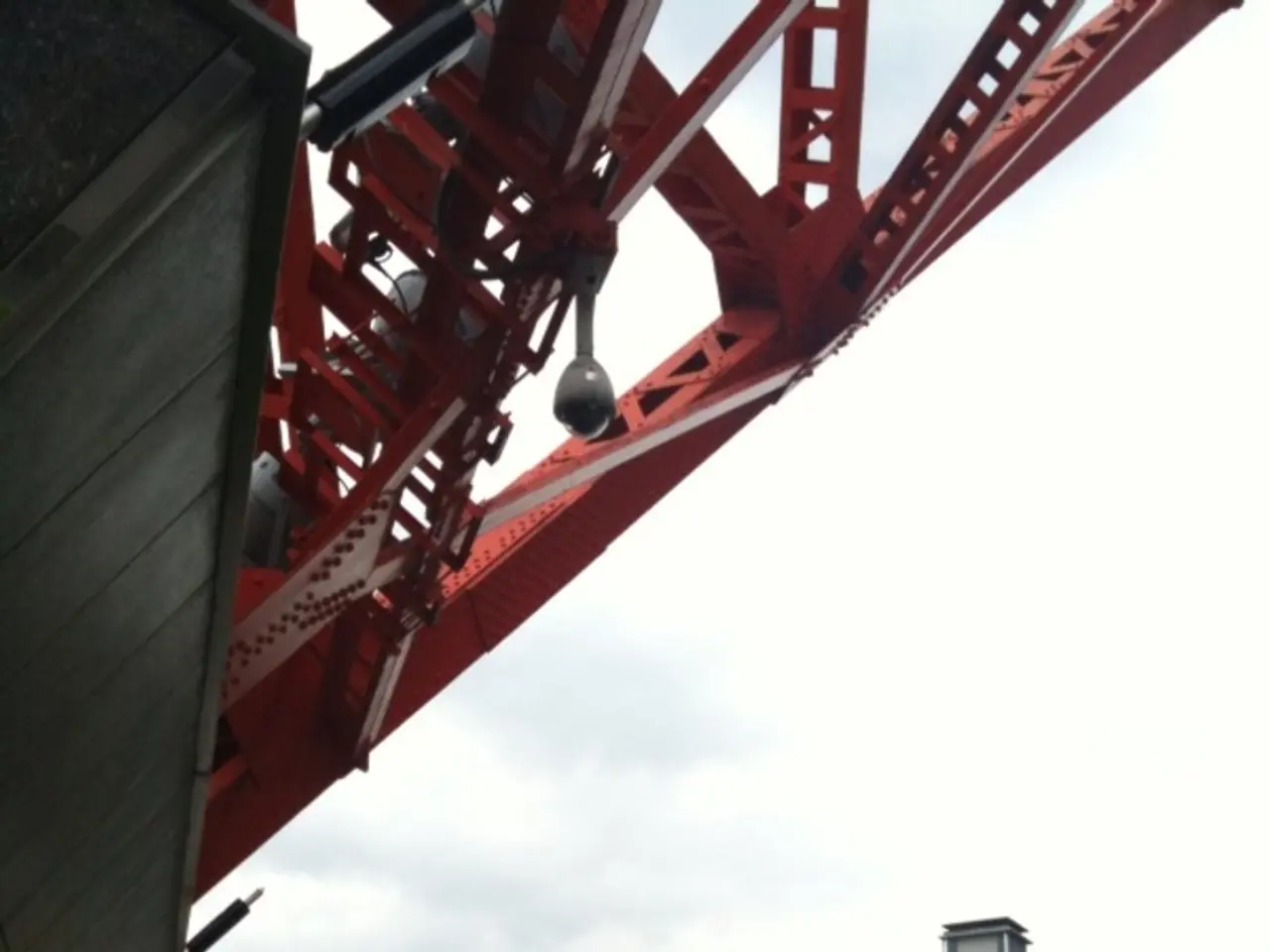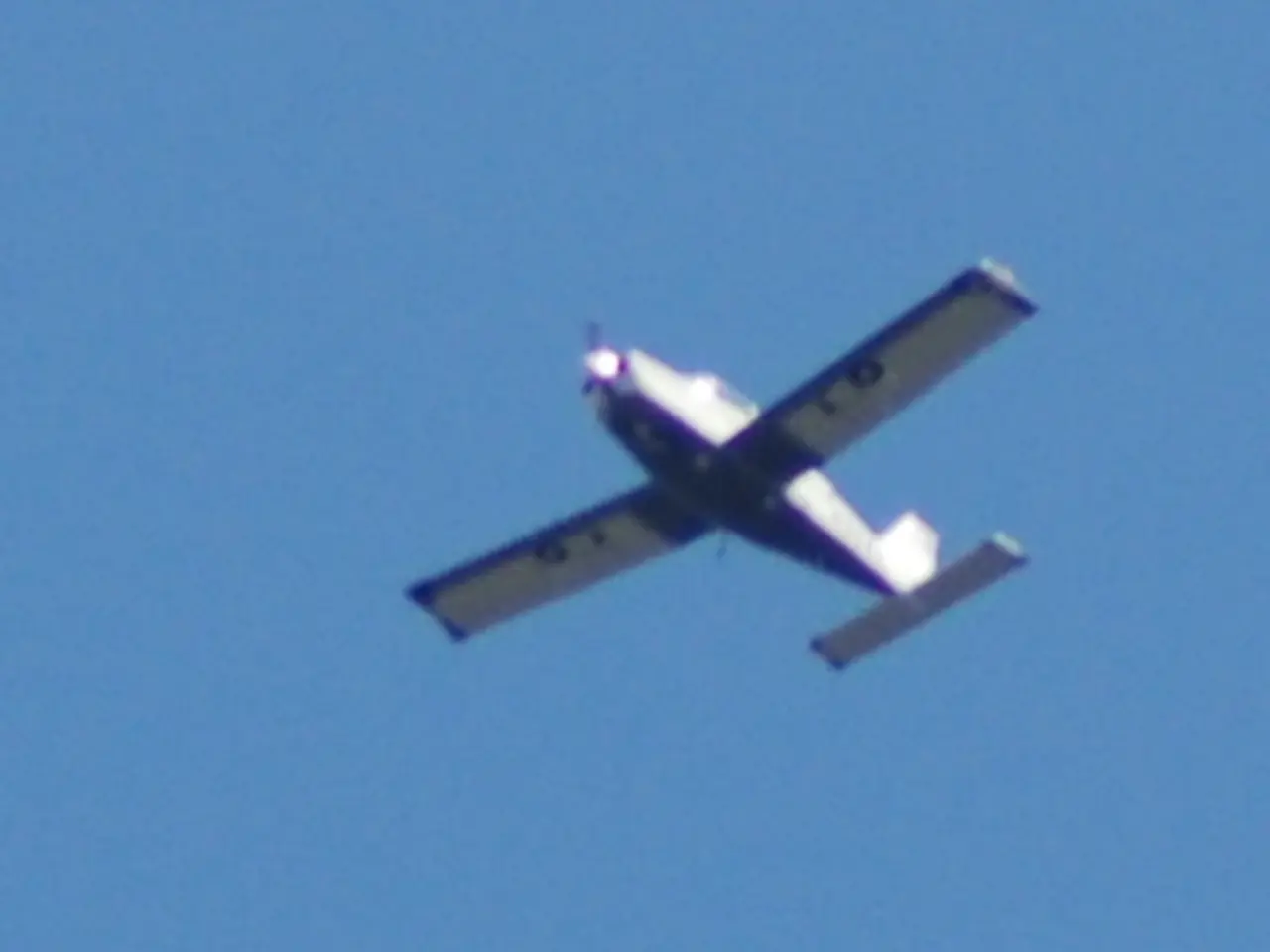Aircraft Accident: Air China Flight 129 Crash on April 15, 2002
**Tragedy Strikes Air China Flight 129: A Lesson in Aviation Safety**
On April 15, 2002, Air China Flight 129, a Boeing 767-200ER aircraft with the registration B-2552, tragically crashed while circling to land at Gimhae International Airport near Busan, South Korea. The accident resulted in the loss of 129 lives out of the 166 people on board.
The primary cause of the crash was Controlled Flight into Terrain (CFIT), a situation where an aircraft flies into the ground or obstacles due to poor pilot judgement or a lack of situational awareness in adverse weather conditions. The aircraft descended below the safe altitude while attempting to land in poor weather conditions, including fog, and struck a mountain at approximately 2,300 feet elevation.
The accident report also highlighted several contributing factors, including poor weather conditions and low visibility, possible issues with navigation and decision-making during approach and circling to land, difficult terrain around the airport increasing risk during visual maneuvering, and potential metal fatigue in the rear part of the plane, though this point requires further verification.
In response to the disaster, the aviation industry took significant steps to enhance safety measures. These measures focused on preventing CFIT through technological upgrades, improved pilot training, and better airport navigation aids and approach procedures. Enhancements to Terrain Awareness and Warning Systems (TAWS) and stricter adherence to minimum safe altitudes during approach were implemented. Pilot training was improved to focus on CFIT prevention and decision-making in poor weather conditions. Better airport navigation aids and approach procedures were put in place to prevent approach below safe altitudes. Additionally, there was increased emphasis on Crew Resource Management (CRM) to ensure communication and cross-checking during critical flight phases.
Air China, in particular, established a new training program for its pilots, with a focus on improving crew resource management and situational awareness. The airline also implemented new procedures to monitor pilot fatigue and provide support for pilots experiencing personal or professional stress.
The captain of the flight had over 10,000 hours of flying experience and was also the instructor for the first officer, who had only 1,121 hours of flying experience. The crash occurred during the descent into Busan due to pilot error, specifically the captain's failure to follow proper procedures, descending too quickly, and not maintaining the proper airspeed. The first officer did not speak up or take corrective action.
The Air China Flight 129 accident serves as a tragic reminder of the importance of proper crew training, effective communication, and adherence to established procedures. The lessons learned from this accident continue to inform the aviation industry's efforts to improve safety and prevent future accidents. The flight took off from Beijing Capital International Airport at 4:16 pm local time and was en route from Beijing, China to Busan, South Korea. The aircraft had been in service for nearly 16 years and had accumulated more than 32,000 flight hours at the time of the accident.
The accident investigation was conducted by the Aviation Safety Council. The crash of Air China Flight 129 is a stark reminder of the complexities involved in flight operations and the constant need for vigilance and adherence to safety protocols.
- The aviation industry, following the Air China Flight 129 disaster, made considerable efforts to bolster safety measures, focusing particularly on preventing Controlled Flight into Terrain (CFIT) incidents through technological advancements, extensive pilot training, and improved airport navigation systems.
- The General News and Crime & Justice sectors have continually reported on aviation accidents, underscoring the financial impact and tragic consequences such incidents can have on the transportation industry.
- In the aftermath of the Air China Flight 129 crash, there was a renewed emphasis on Crew Resource Management (CRM), ensuring effective communication and cross-checking during critical flight phases to prevent accidents resulting from pilot error or lack of awareness.
- The Finance sector has taken notice of the increased costs associated with aviation safety enhancements, recognizing that long-term investments in safety can lead to improved public trust, better operational efficiency, and reduced insurance premiums in the transportation industry.




